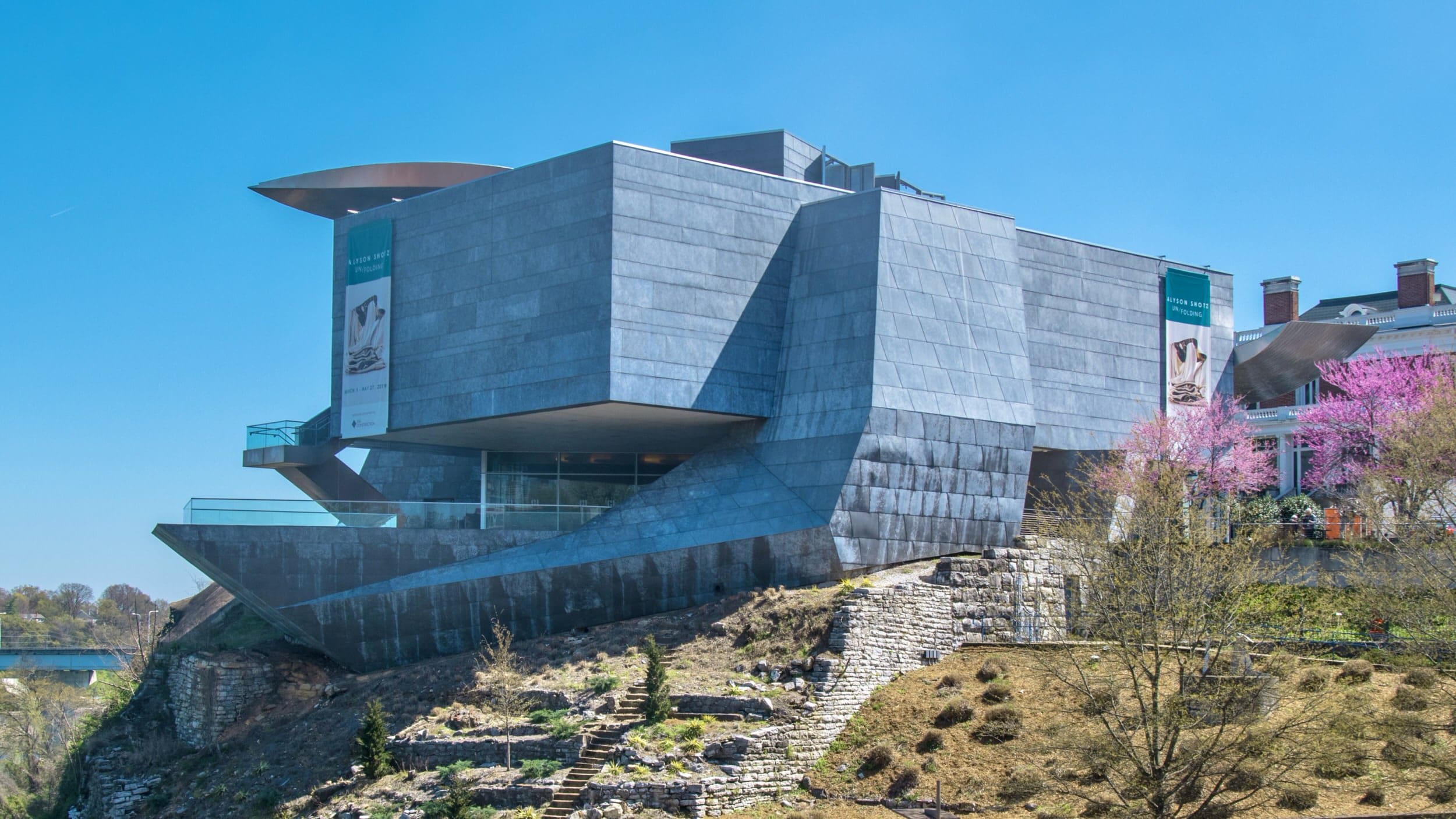

Perspective
Shadow and Shine: A Primer on Blackened Steel in Architectural Design
There's been a clear shift in contemporary design toward materials that embody drama and depth. And nothing captures that aura better than blackened steel and blackened stainless steel. From sleek, minimalist interiors to bold, industrial facades, these dark-hued metals have been capturing the imagination of architects and designers alike for many years now. Let’s explore the origins, applications, appeal, and selection guidance for blackened metals. Zahner Oscura™ Blackened SteelPHOTO © A. ZAHNER COMPANY. Zahner Fuscara™ Blackened Stainless SteelPHOTO © A. ZAHNER COMPANY. A Material with History and Depth Blackened steel refers to carbon steel or stainless steel that has been treated to produce a dark, matte, or subtly glossy surface. The blackening typically occurs through heat, chemical patinas, and/or controlled oxidation. All of which come together to create uniquely shaded finishes. This treatment has historical roots in techniques such as Japanese swordmaking (e.g., bluing or black oxide coatings) and was later seen in the utilitarian industrial architecture of the 19th and 20th centuries. Today, blackened steel resurges under modern interpretation, melding tradition with refined aesthetics. PHOTO © A. ZAHNER COMPANY. How and Where Blackened Steels Are Being Used Today Blackened steel has become a go-to for both residential and commercial contexts: Interiors: Used in walls, ceilings, staircases, cabinetry, and more. Exteriors & facades: These applications are best suited for blackened stainless steel, which excels outdoors due to its exceptional corrosion resistance. Designers are drawn to blackened metals because they: Provide stunning contrast and anchor bright, light-filled spaces. Evoke warmth while simultaneously lending an industrial edge. Offer handcrafted, texturally rich surfaces that feel timeless and enduring. PHOTO © A. ZAHNER COMPANY. What Architects Love About Blackened Steel Architects choose blackened steel for many compelling reasons: Visual Depth and Tonal Variation: Unlike flat paint, patinated metal offers nuanced shading. Tactile Authenticity: The surface retains the character of its base metal, whether it is raw carbon steel or a brushed mill surface. Adaptive Versatility: These smoky metals can evoke a cozy and artisanal feel, yet also appear ultra-modern. Sustainability & Longevity: Patinas transform the metal, resulting in durable, pre-weathered finishes that require little maintenance. Aging: Carbon variants develop patina over time, while stainless versions maintain their richness for decades. Where Blackened Metals Are Used Blackened steels are used across diverse architectural typologies: Cultural institutions, galleries, and luxury interiors, where dark metals create serenity and contrast. Hospitality and high-end residential settings where staircases, wall panels, elevators, signage, and reception desks can be accented. Outdoor facades, where stainless options excel in resisting weather, humidity, and urban pollution. Stainless products are smart for humid or coastal climates; carbon-based finishes tend to perform best in controlled interior settings. PHOTO © A. ZAHNER COMPANY. What to Look for in Quality Blackened Steel and Blackened Stainless To ensure quality and performance, consider these factors: Finish consistency and durability: Will the finish withstand touch, time, and environmental elements, both indoors and outdoors? Base material: Consider carbon steel (e.g., for interior use) or stainless steel (for exterior use or humid climates). Fabrication flexibility: Can the material be cut, shaped, and sized precisely for design needs? Protective treatments: Seals or clearcoats help resist scratches, fingerprints, and UV damage. Longevity in context: Blackened stainless steel resists oxidation better than carbon steel; pick the right alloy depending on the environment. Products In Brief: Zahner Architectural Blackened Metals For designers seeking excellence in this space, the product team at Zahner has developed two premium offerings: Oscura and Fuscara. Each material is available in multiple gauges and sizes, and both materials benefit from Zahner’s sustainable manufacturing practices, which take place in an EPA-compliant facility. PHOTO © A. ZAHNER COMPANY. Oscura – Blackened Carbon Steel for Interiors

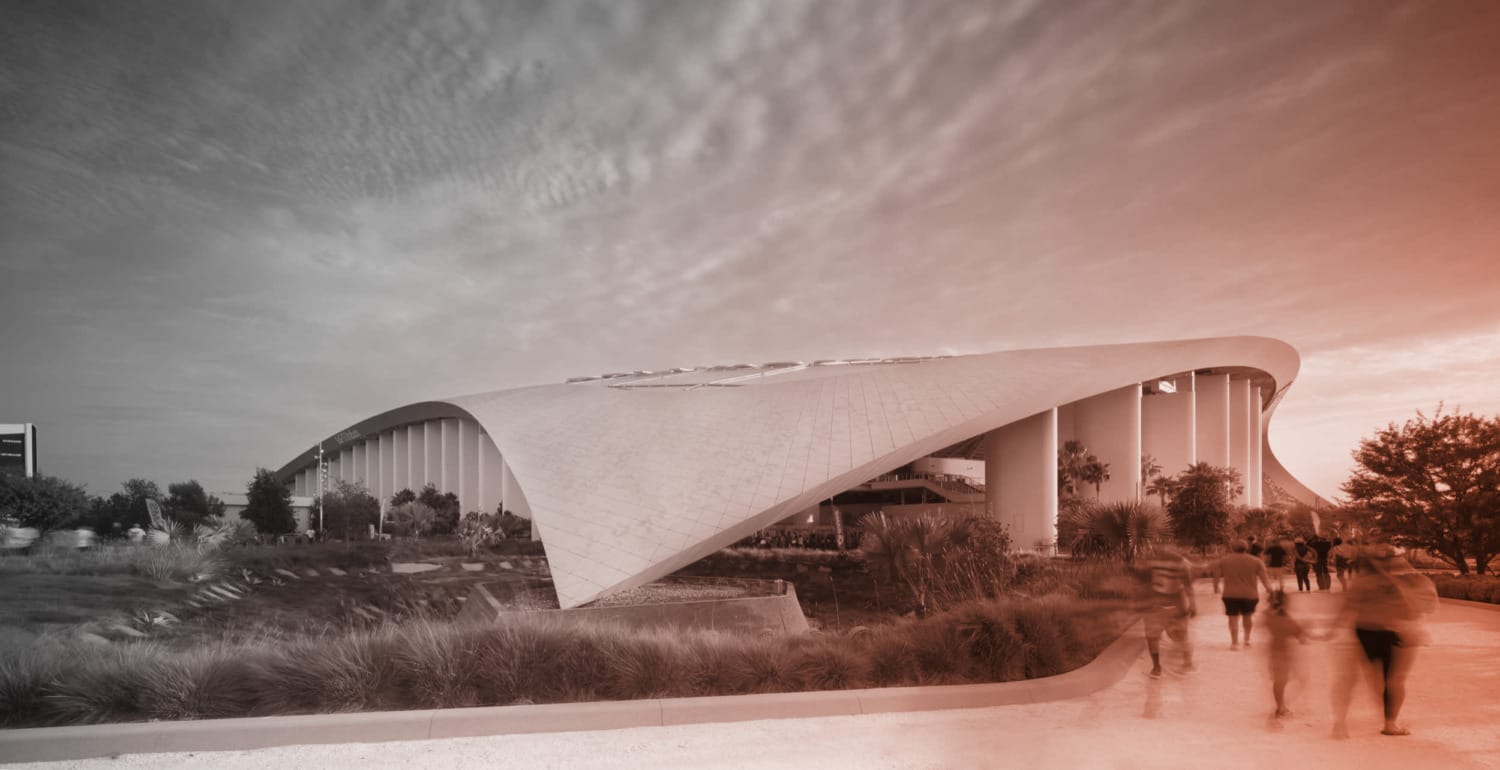
Perspective
Exploring the Experimental Edge: HKS and Zahner Reimagine What’s Possible
When the design vision pushes beyond the conventional, HKS turns to partners who thrive in the unknown. That’s why HKS LINE—an experimental studio within the global architecture firm—has forged a long-standing relationship with Zahner. From the mass-customized skin of SoFi Stadium to the story-etched perforations of Pacific Plaza Pavilion, the two teams have collaborated on projects that blend artistry, advanced computation, and real-world fabrication. With shared values of innovation, trust, and craft, HKS and Zahner are redefining what’s possible in architectural metal. HKS designed a unique canopy and skin for SoFi Stadium featuring custom-perforated anodized aluminum panels from Zahner.PHOTO © NIC LEHOUX For more than 80 years, global architecture and design firm HKS has built a reputation on performance-driven design and a commitment to human-centered innovation. HKS designs places that shape experiences and enrich lives from healthcare to hospitality, stadiums to civic landmarks. One of the firm’s most dynamic expressions of that vision is its internal design lab, HKS LINE—short for Laboratory for Intensive Exploration. Founded by Partner and CEO Elect Heath May, HKS LINE was conceived as a space to explore the boundaries of architecture, where digital design, computational thinking, and material experimentation converge. Over the past decade, LINE has tackled projects across typologies and scales, from consulting on ultra-complex installations to executing end-to-end designs. In all cases, LINE aims to push architectural practice into new territory, leveraging digital tools not for novelty, but to achieve meaningful results that would be impossible through traditional means. That appetite for experimentation naturally led HKS to partner with Zahner. Heath May, Partner and CEO Elect, HKS “ Exploration doesn’t follow a straight line. When we’re venturing into new terrain, creating a novel surface treatment or developing an entirely new delivery method, we need partners who can think like us and challenge us. Zahner does that. Heath May Partner and CEO Elect at HKS From Creative Chaos to Constructive Order May likens the innovation process to a controlled burn. Architectural firms may seek innovation, but often default to hierarchy and near-term efficiency—a dynamic that can stifle long-term creativity. HKS and Zahner take a different approach. Together, they embrace ambiguity, ask the more complex questions, and test what’s possible. One recent example is a joint R&D exploration into selectively-applied patinas—how to create unique color patterns across a single metal sheet by varying the chemical finish. For a project with complex material and aesthetic goals, HKS needed Zahner’s patina expertise and their willingness to enter uncharted territory. “We brought our computational skills and curiosity,” said May. “Zahner brought decades of material knowledge and the engineering rigor to translate experimentation into a buildable reality. That’s what makes the relationship so valuable.” Drone view of the Frost White anodized aluminum front soffit of SoFi Stadium.Photo by Jesse Pacheco, ARKO | © A Zahner Company SoFi Stadium: Mass Customization at Monumental Scale That mutual trust was forged over years of collaboration, notably with SoFi Stadium in Los Angeles. The stadium’s iconic envelope comprises over 37,000 unique aluminum panels, with no two exactly alike. The design vision called for geometry so complex that conventional drawings and models were unworkable. James Warton, Vice President and Regional Practice Director, HKS LINE Timothy Logan, Regional Practice Director and Principal, HKS LINE Instead, James Warton, Vice President and Regional Practice Director at HKS LINE, along with Timothy Logan, Regional Practice Director and Principal at HKS LINE, developed a custom computational pipeline to deliver exact fabrication instructions—text files containing each panel’s XYZ coordinates and attributes. This deep integration between architecture and engineering allowed Zahner to fabricate precisely while reducing field issues and accelerating delivery. “In this model, we weren’t taking on more risk, we were reducing it,” said Warton. “By bypassing traditional translation layers and going directly from parametric model to fabrication, we improved quality and efficiency.” Pacific Plaza Park PavilionPhoto by Ramsey Attia, ARKO | © A. Zahner Company From Stadiums to Sculptures: Pacific Plaza Pavilion HKS and Zahner have also collaborated on another small but symbolically rich project—Pacific Plaza Pavilion in Dallas, designed in collaboration with landscape architecture firm SWA. Situated near HKS’s headquarters, the park pavilion needed to reflect the site’s history and its railroad roots. The team created a custom perforated canopy, using Morse code to translate the names of historic train stops into a readable light-and-shadow gradient. Once again, Zahner’s fabrication and prototyping expertise brought the concept to life, balancing poetry and precision. “With Zahner, we can prototype light effects, study perforation gradients, and work iteratively to get every detail right,” said May. “That’s rare.” Pacific Plaza Park PavilionPhoto by Ramsey Attia, ARKO | © A. Zahner Company Innovation as an Ongoing Dialogue For HKS and Zahner, innovation doesn’t begin or end with a single project. It’s a shared practice. One that thrives on curiosity, openness, and the ability to see possibility where others see barriers. “The work we’re doing together isn’t just about one stadium or sculpture,” said May. “It’s about building a relationship—and a methodology—that lets us explore, refine, and deliver something new every time." PDF White Paper


Perspective
Maximizing Your Metal: How to Get the Most Yield from Sheet Goods

 PHOTO © A. ZAHNER COMPANY.
PHOTO © A. ZAHNER COMPANY.Perspective
Modern Materials, Timeless Craft: The Beauty and Simplicity of Flat Seam Panels
Designed for sleek, low-profile surfaces, Zahner Flat Seam adapts perfectly to flat, angular, and curved forms.
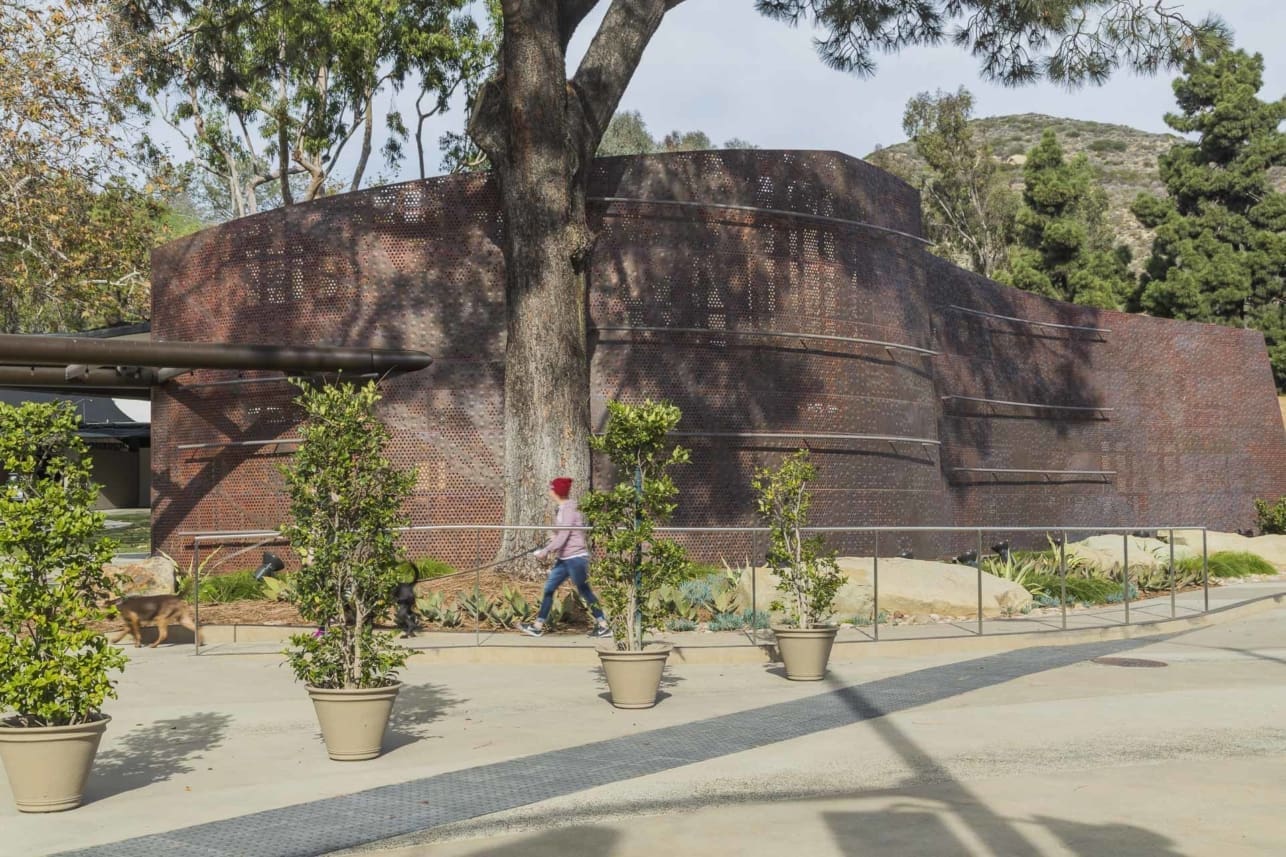
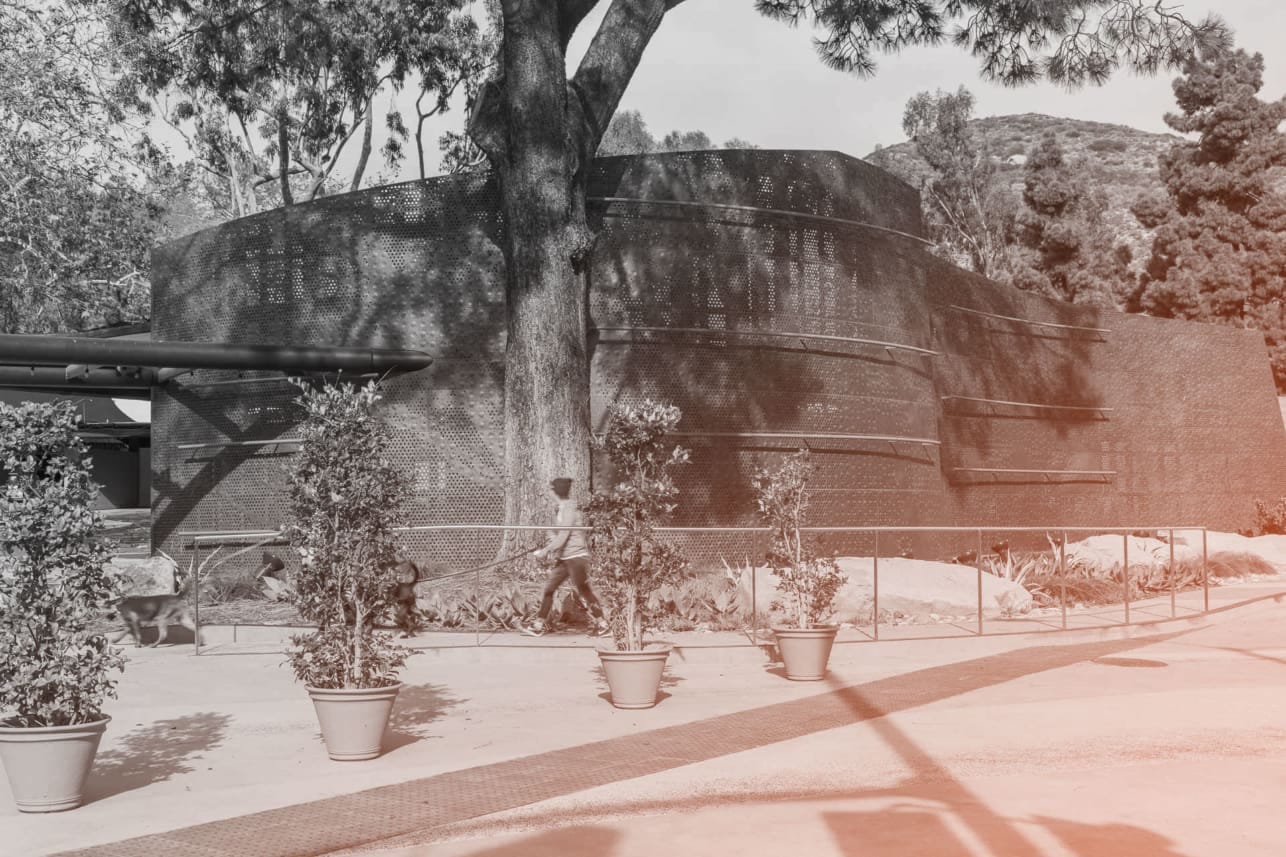
Perspective
A Guide to Painted, Faux Patina, and Natural Patina Metal Finishes
What You Should Know and What’s at Stake When Choosing Architectural Metal Finishes


Featured
Exploring the Legendary Process and Projects of KPF
Shaping Skylines and Defining Urban Landscapes


Education
Zinc Guide Part 3: Innovative Zinc Patinas & Finishes, And the World’s Most Interesting Architecture
Learn about Zahner patinas and finishes and how they’re being used in projects worldwide to create earth-toned cladding, facades, accent elements, and more.


Education
Open Area Calculations for Perforated Metal Panels & Why They’re Important
The open area of a perforated metal panel determines not just how it looks but how it weathers, shades, ventilates, performs, and functions.

 Ɱ, Creative Commons Attribution-Share Alike 4.0 International license, edited.
Ɱ, Creative Commons Attribution-Share Alike 4.0 International license, edited.Education
Zinc Guide Part 2: The Intriguing Attributes, Alloys & Finishes of Zinc
Explore the timeless beauty and exceptional durability of zinc, and the versatility it offers to modern designers, architects, and builders.


Education
Zinc Guide Part 1: The Origins of Architecture’s Most Mysterious Metal
An Old World metal used for centuries across Europe, zinc is a relative newcomer to North American architecture, yet it has been embraced for the rich possibilities it has to offer the designer, architect, and artist.
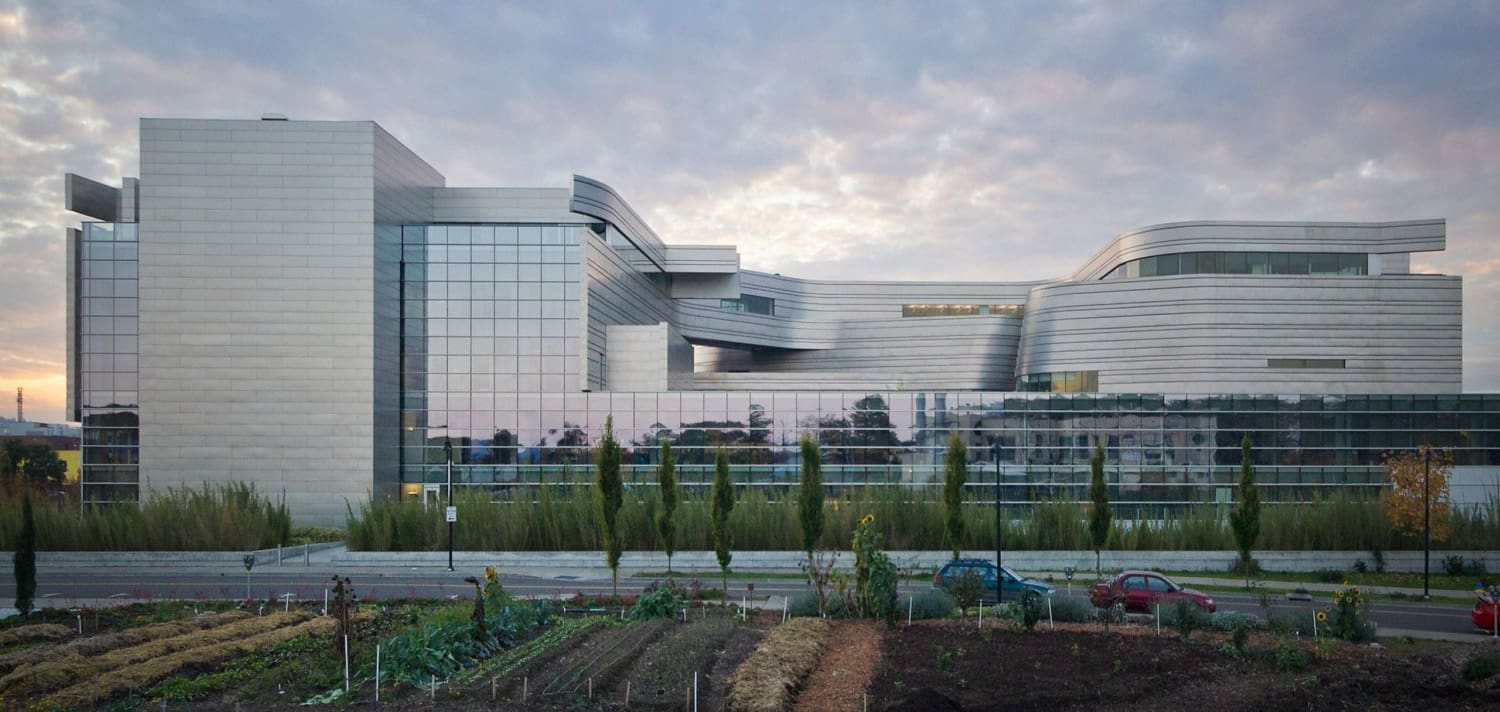

Stewardship
Evaluating the Environmental Impact of Architectural Metals with the Life Cycle Assessment
Learn how the Life Cycle Assessment accounts for the environmental impact of metal material from its initial extraction, through manufacture and use, and on to the end of its designed useful life.


Education
Copper Guide Part 4: Star Blue™ — Zahner’s Blue-Green Copper Patina
While competitors often make their copper patinas look uniform, like paint, Zahner strives to do the opposite with a layering technique that creates beautiful toning effects.


Education
Copper Guide Part 3: Dirty Penny™ — Zahner’s Premium Iridescent Copper Patina Surface
A striking and memorable preweathered copper patina, with light and dark tones ranging from blues to greens to purples and reds.


Education
Copper Guide Part 2: Copper Finishes, Patinas, and Textures
The striking color and gleaming luster of copper becomes more intriguing as the surface interacts with elements most other materials abhor.


Education
Copper Guide Part 1: Copper Alloys—from the Stone Age to Modern Metal Marvels
From ancient Egyptian infrastructure to inspiring art and architecture, copper and its alloys continue to influence our contemporary world.
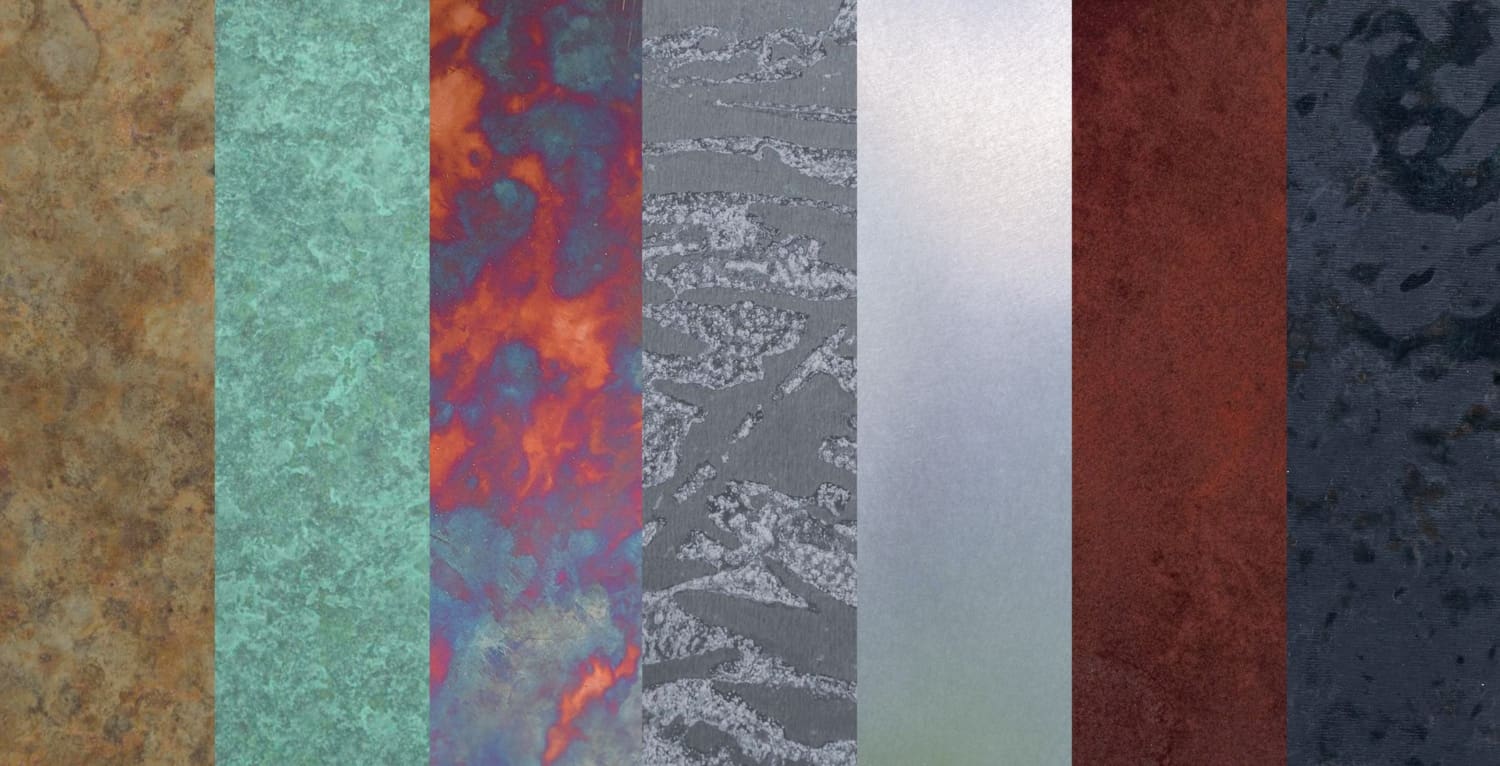

Perspective
4 Ways to Improve Architectural Materials Selection
To maintain clarity and consistency for all stakeholders across the industry, the American Institute of Architects (AIA) defines Five Phases of Architectural Design: Schematic Design, Design Development, Construction Documents, Bidding, and Construction Administration. Of these five stages, the first two: Schematic Design and Design Development — focused on building needs, designs, and materials — are arguably the most challenging and laborious in terms of getting started and building momentum. Here’s a four-step process that can make it easier to get started, explore more concepts and materials, and deliver the best designs for the project and client.


Education
Stainless Steel Guide Part 3: The Latest Architectural Innovations & Applications of Stainless Steel
An exploration of the advanced applications and immense possibilities of stainless steel.


Education
Stainless Steel Guide Part 2: Finishes, Colors & Light Waves of Stainless Steel
No other metal offers the vastness and variety of options of stainless steel.


Education
Stainless Steel Guide Part 1: Design, Fabrication & Building Applications
The plethora of finishes and colors that can be applied, along with its timeless corrosion resistance, give stainless steel a versatility and durability that few materials can match.


Featured
Exploring Metal’s Role in Sustainable Architecture
Manufacturing considerations and the recyclability of aluminum, copper, stainless steel, steel, and zinc.



 Photo ©
Photo © 
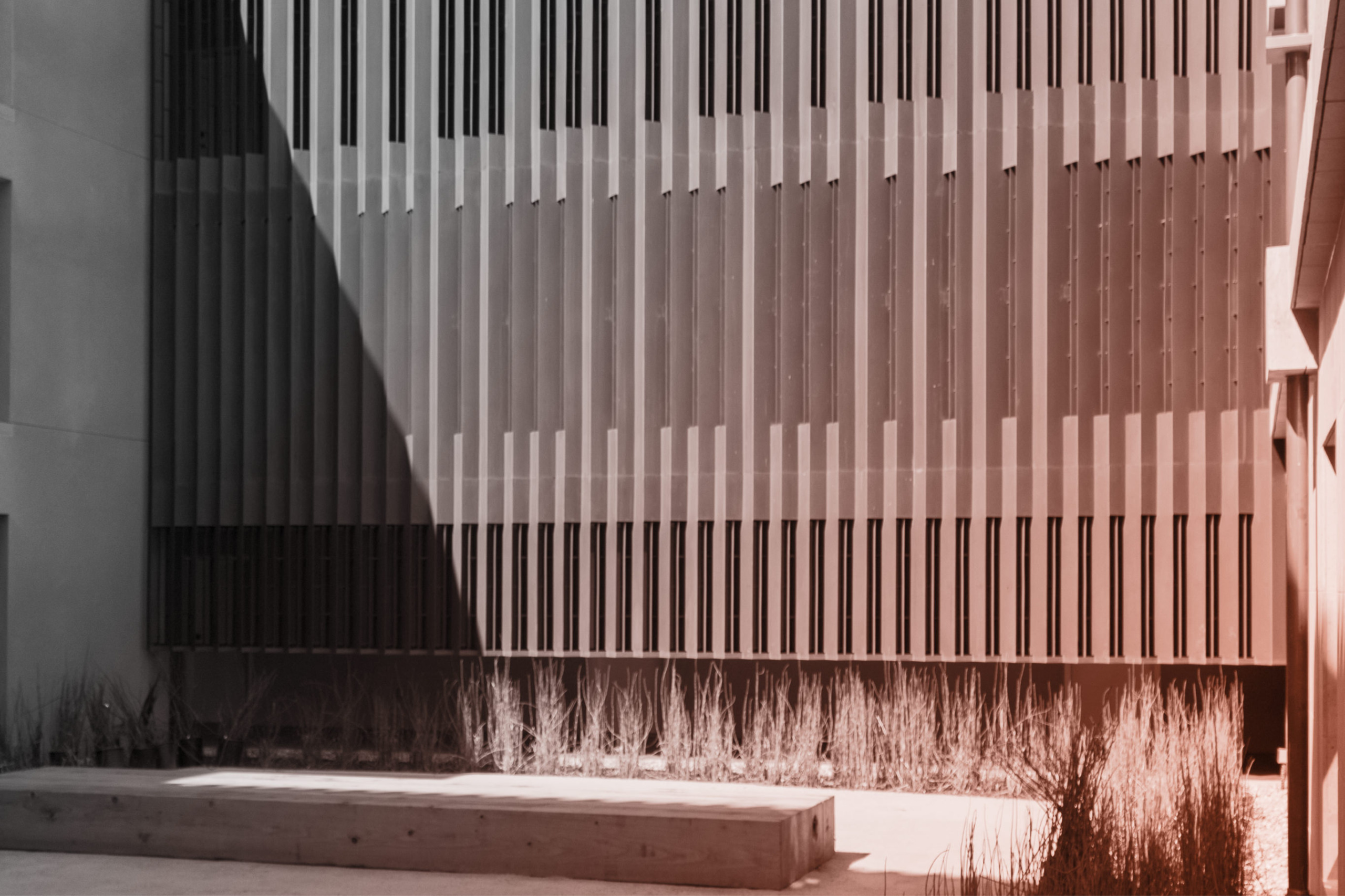
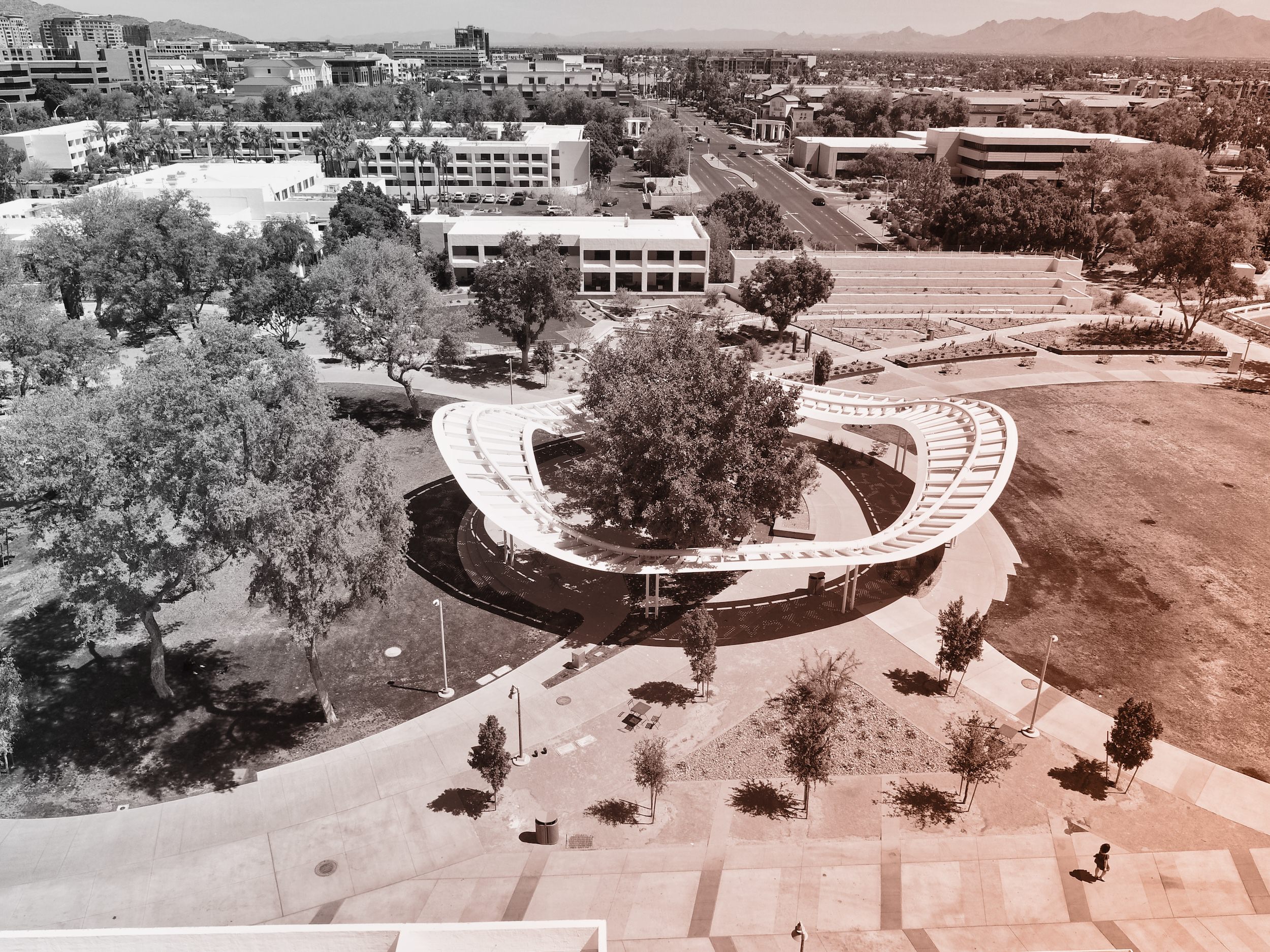
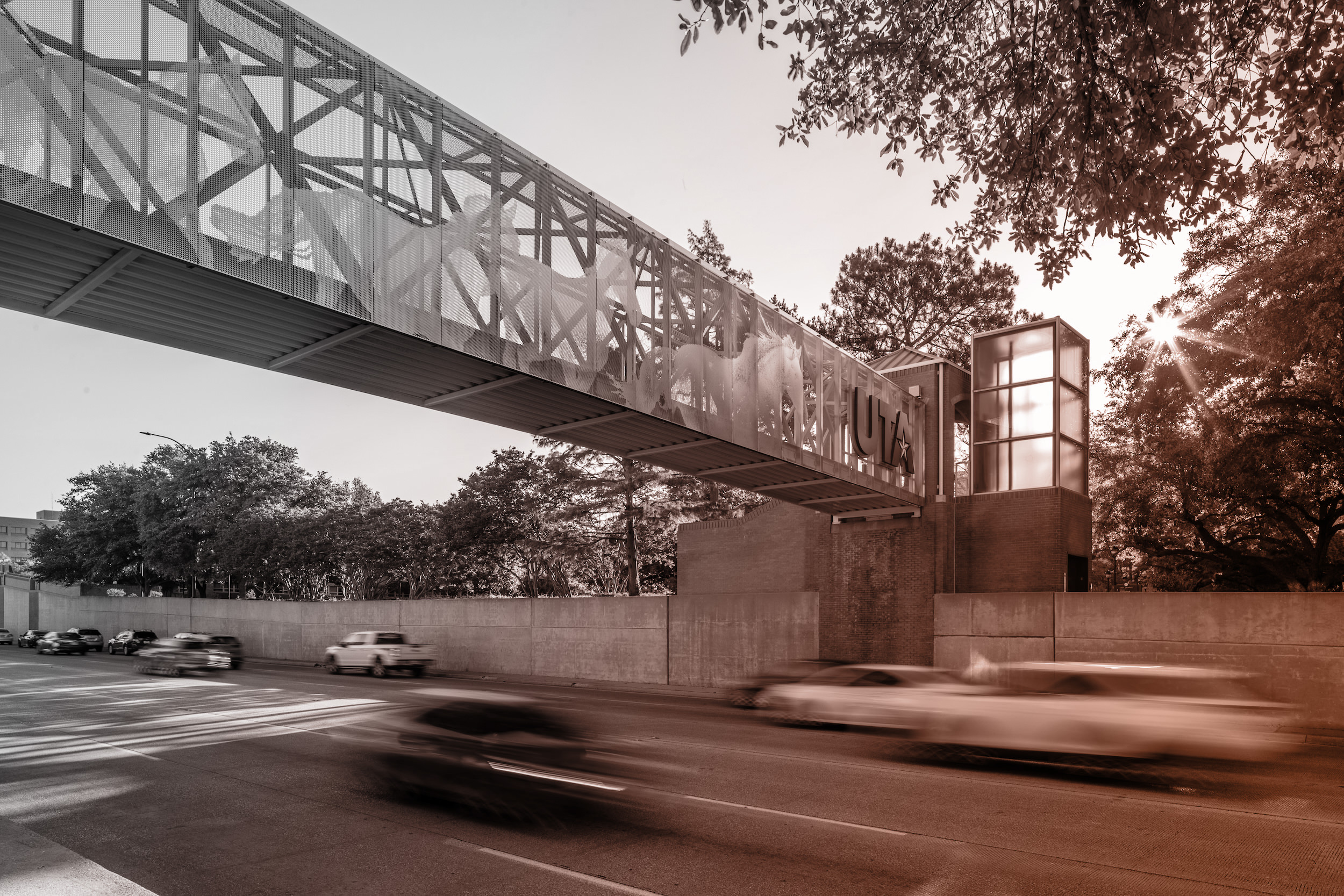 PHOTO ©️ Parrish Ruiz de Velasco (parrch.com)
PHOTO ©️ Parrish Ruiz de Velasco (parrch.com)
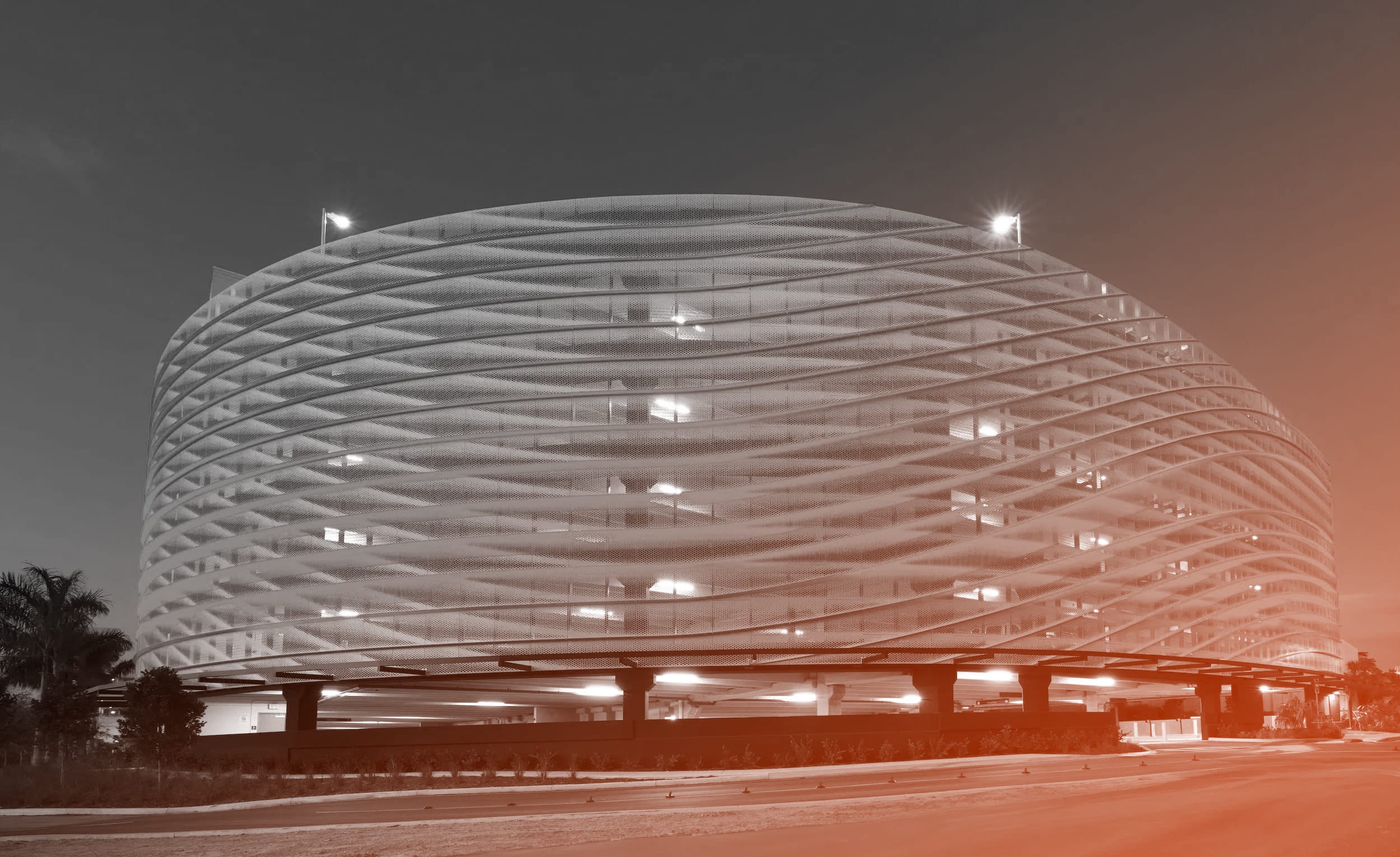
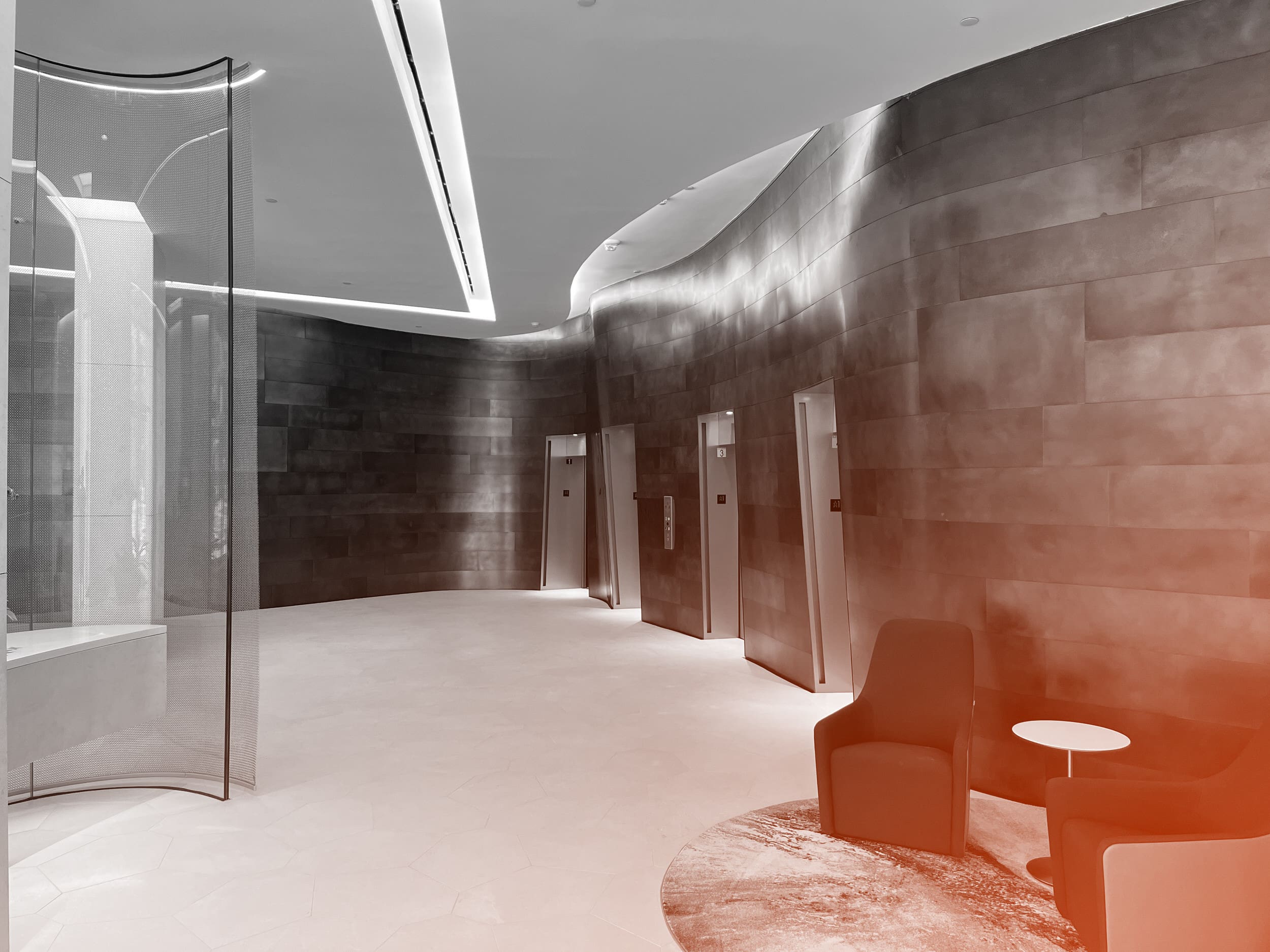
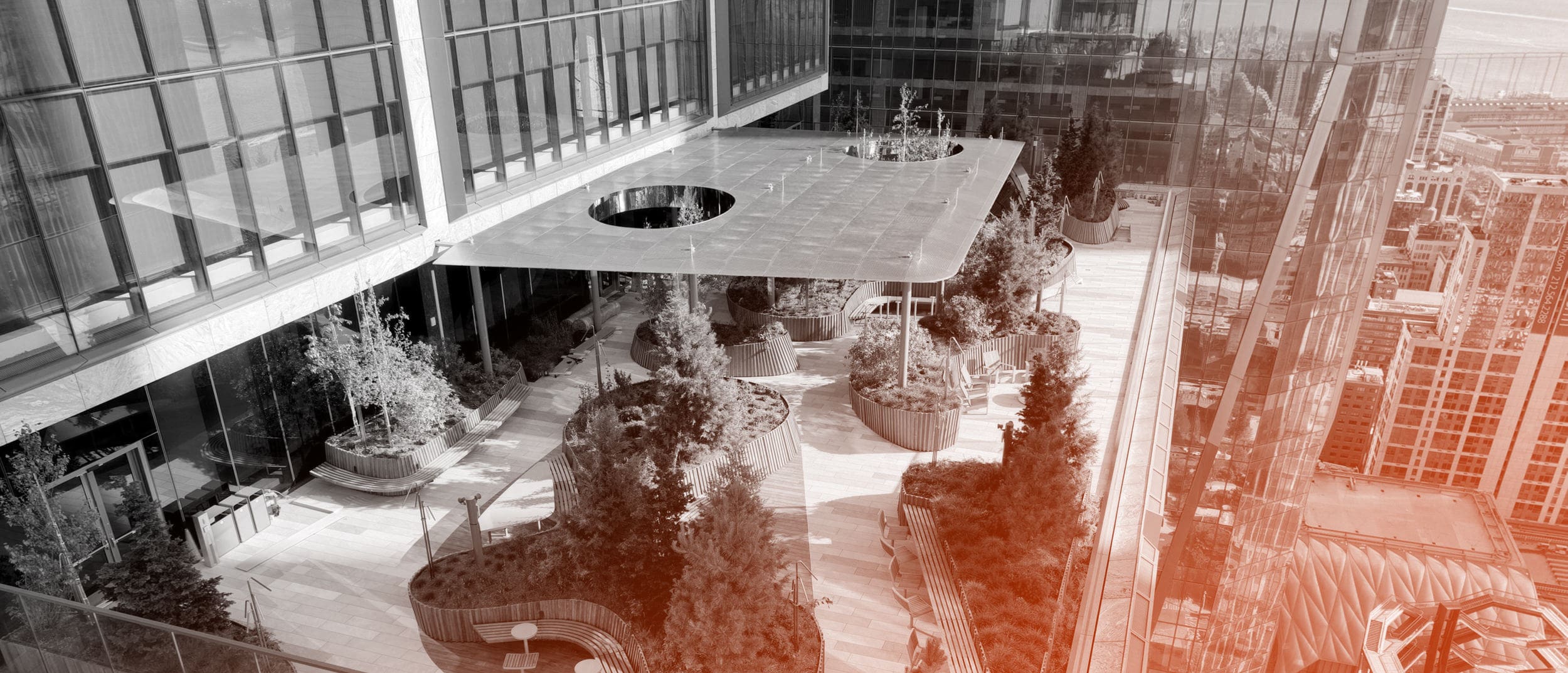
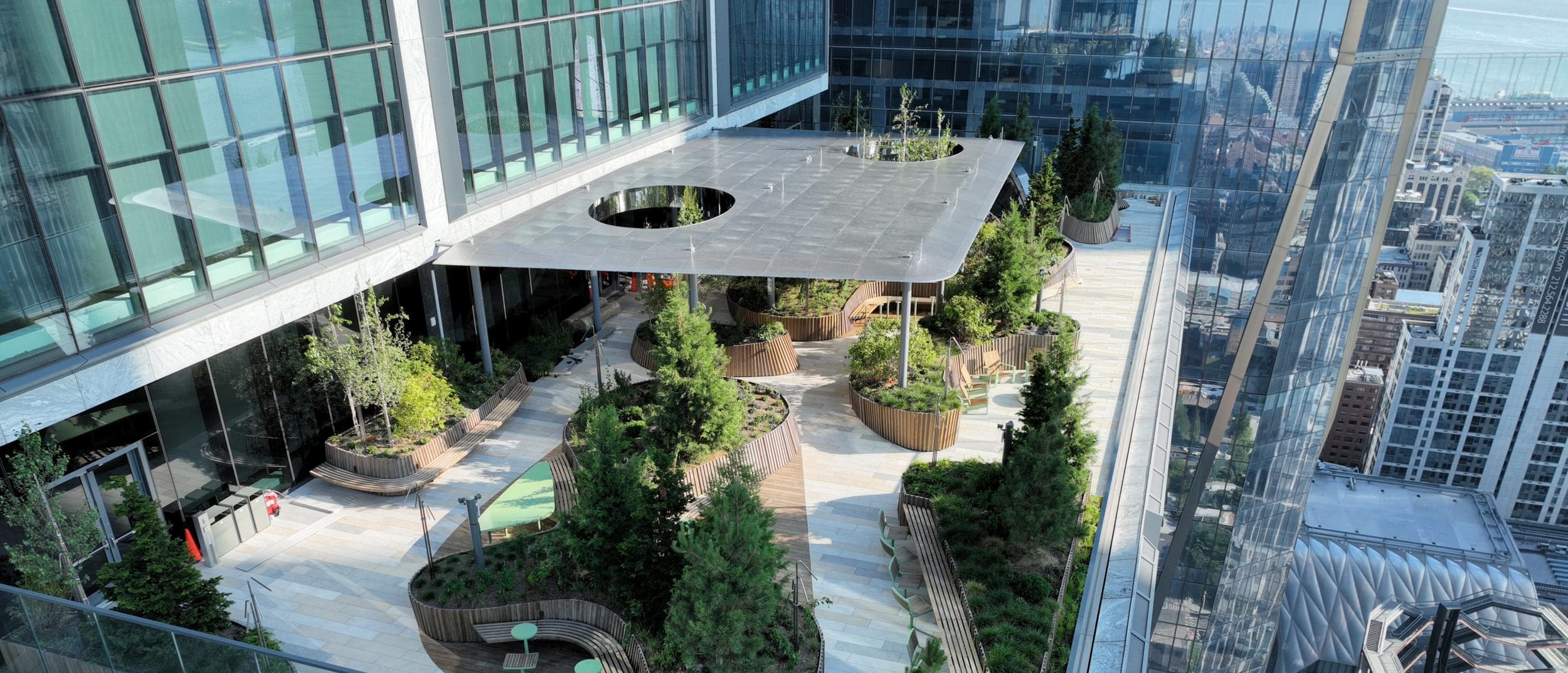
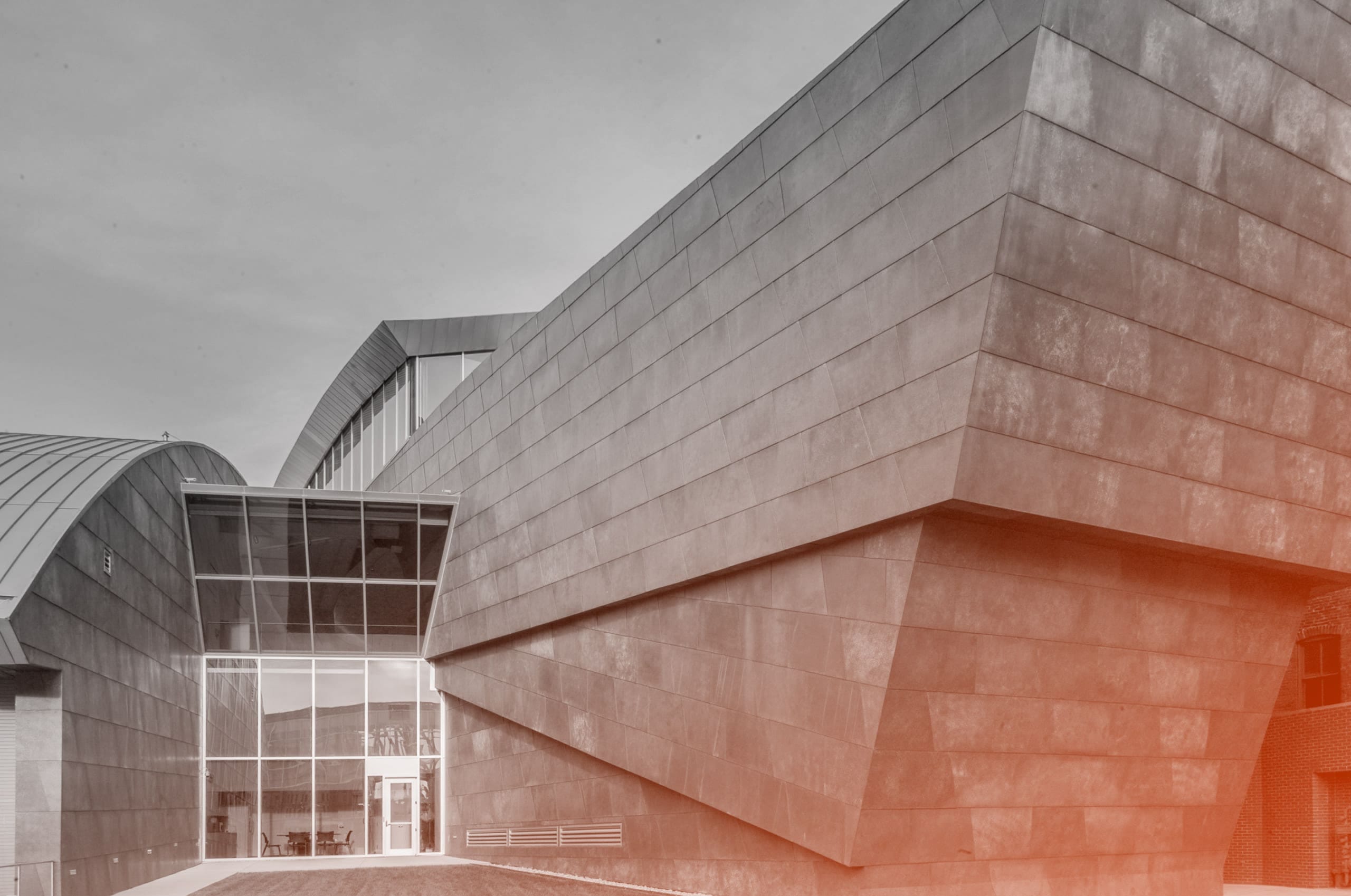
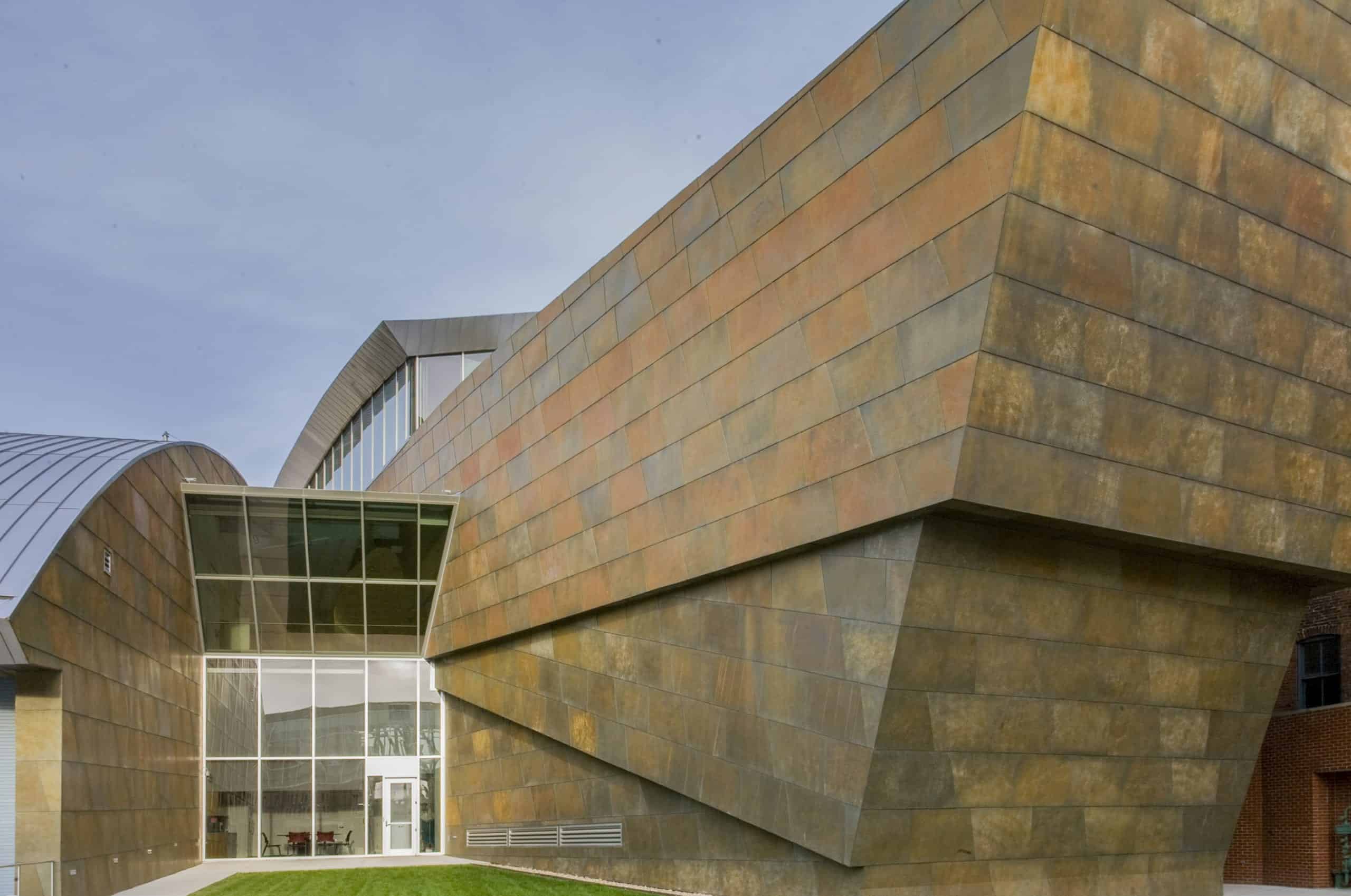

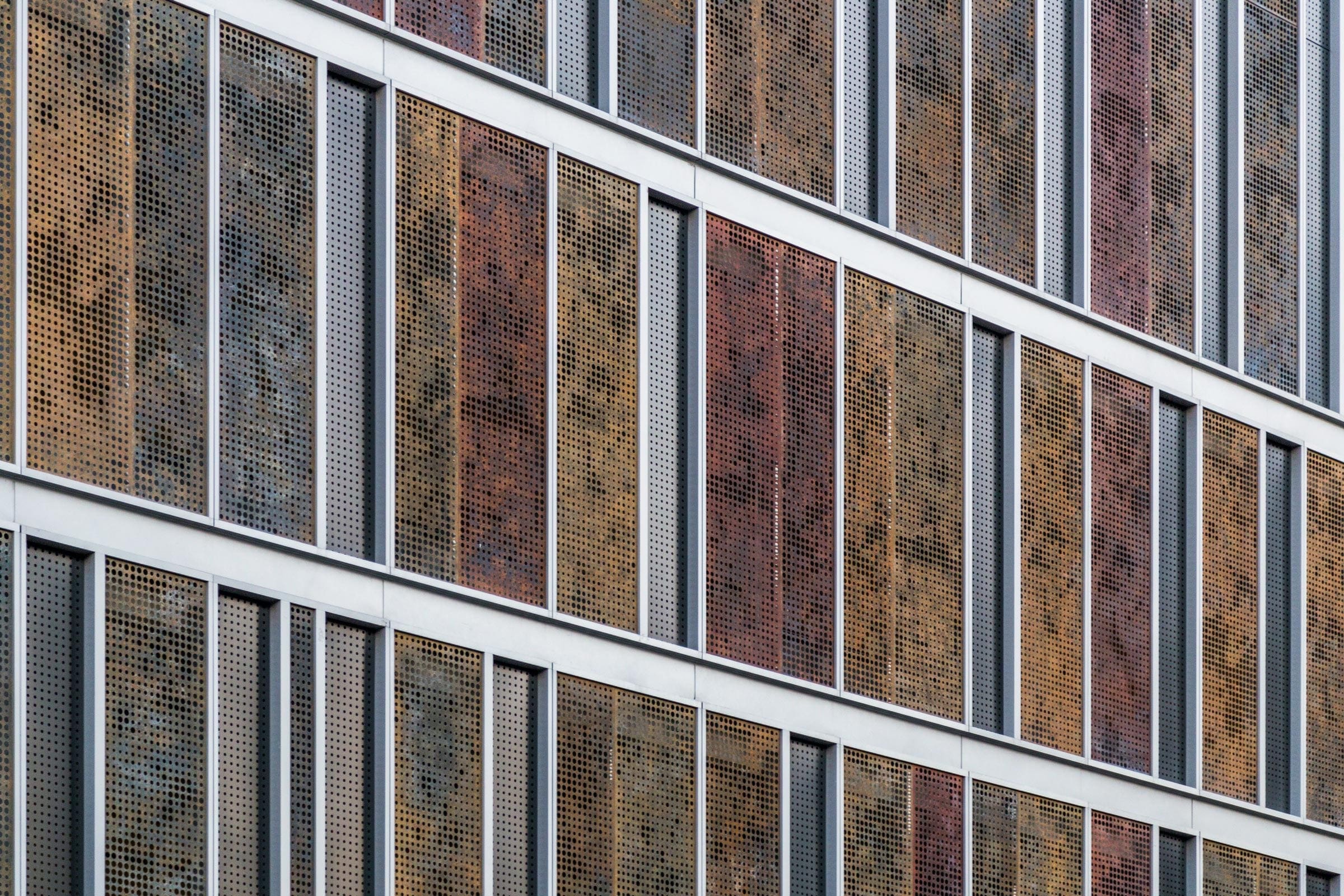
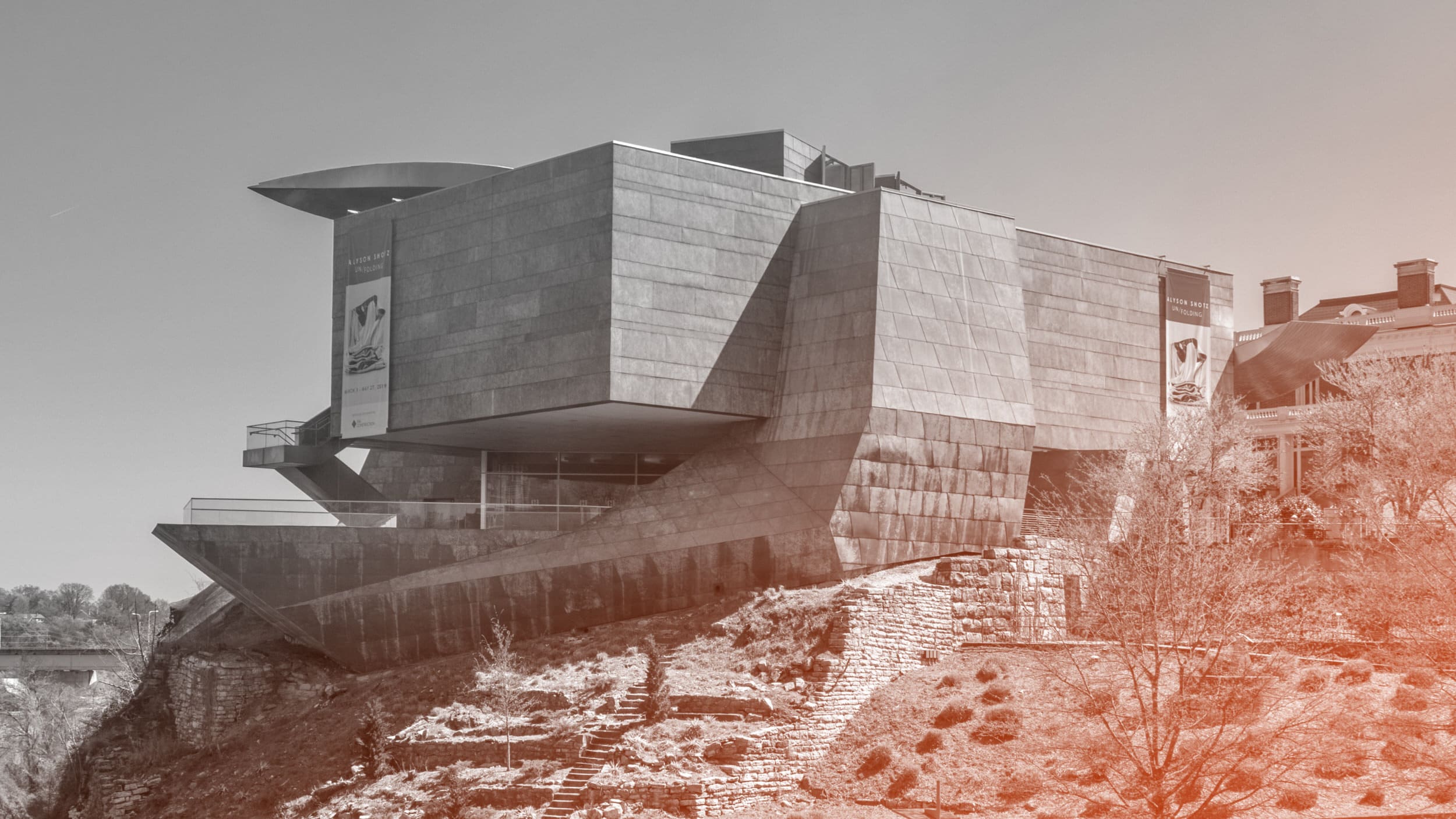 Ɱ, Creative Commons Attribution-Share Alike 4.0 International license, edited.
Ɱ, Creative Commons Attribution-Share Alike 4.0 International license, edited.